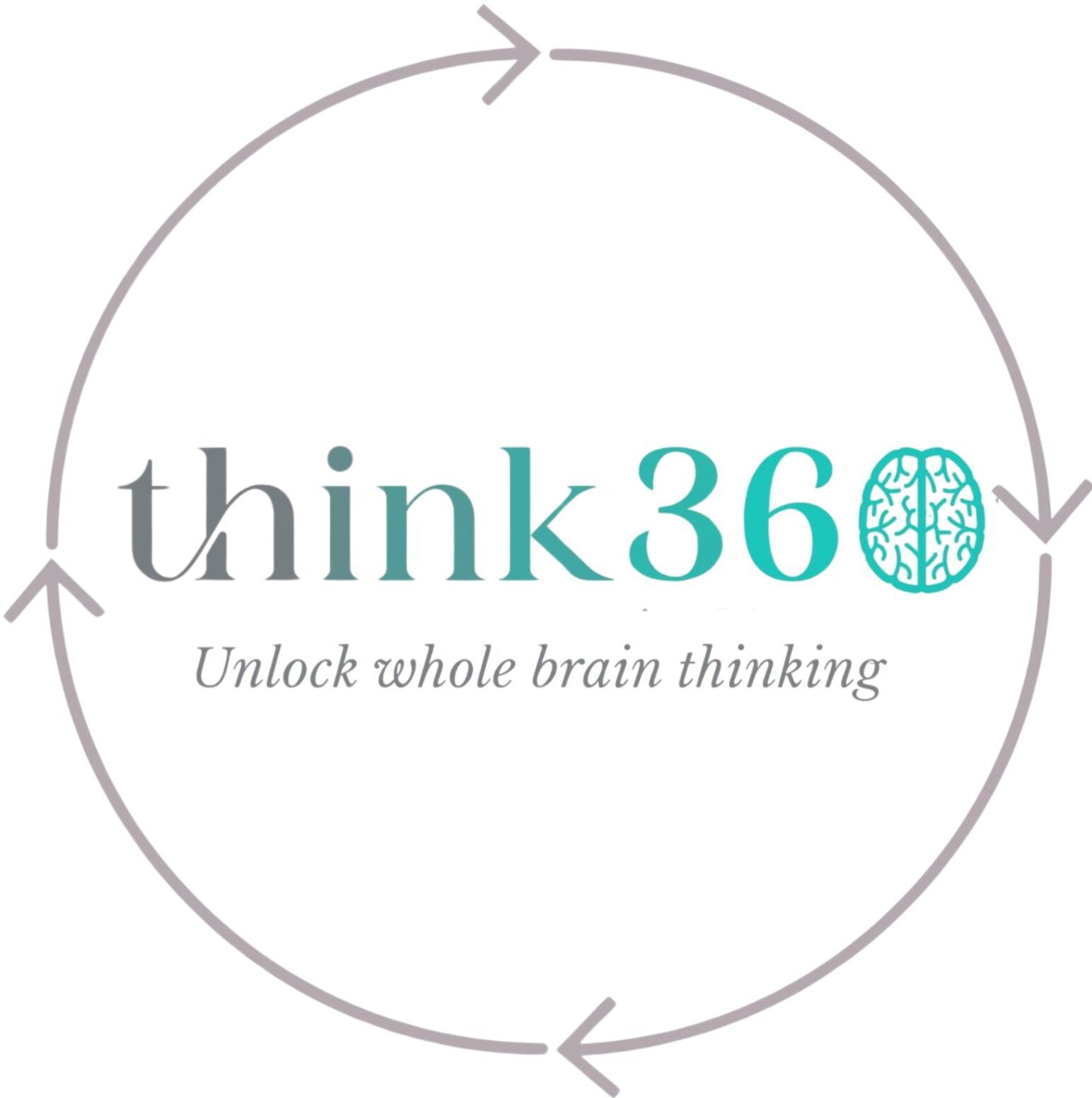Have you ever noticed that some tasks feel natural and you don’t mind doing them, while others require twice the effort or cause you to procrastinate? Or that you instantly click with some people and find them easy to talk to, while finding it more of a strain to get on the same page with others? That’s not just your personality—it’s simply how your brain prefers to think.
How can you live a more balanced life? How can you use your strengths to your advantage? How can you develop those areas you don’t enjoy?
Discovering How You Think Best
We all have natural, preferred thinking styles. Some people love facts, details, and devour non-fiction books and thrive in a structured environment. Others flourish when they’re imagining possibilities, connecting with people, or coming up with creative solutions. They may flit from one idea or topic to the next and get excited and energised by new ideas. Brain profiling doesn’t put you in a box—it shows you the mix of styles that make you, you.
When you know your unique blend, you can stop fighting against it and start making it work for you.
Case Study: How Helen Found Fulfilment Through Brain Profiling
Helen trained as an Early Years Teacher, and by all accounts, she was excellent at it. She was warm, professional, and truly cared for the children in her class. Parents trusted her, and she supported her students with both patience and skill.
But after three years, Helen felt restless and drained. Teaching, while rewarding, wasn’t giving her the sense of fulfilment she expected. She often went home exhausted, wondering why something she was “good at” didn’t feel right.
When Helen completed her NBI Brain Profile, it was clear. The results showed that her strengths lay in factual reasoning and organisation (L1 and L2 quadrants). It made sense why her lessons were always well-planned, detailed, and efficient. However, the profile also revealed that she was less dominant in the relationship and big-picture quadrants (R1 and R2). That explained why the daily demands of managing parent communication, building classroom relationships, and staying socially connected felt so exhausting. It wasn’t that Helen wasn’t capable—she simply had to work much harder at it, which left her depleted over time.
Instead of continuing down a draining path, Helen chose to lean into her natural strengths. She shifted into more administrative roles within education, where she could use her skills in planning, organising, and managing systems. She still works with people, but now in ways that energise her rather than deplete her.
Today, Helen is thriving in a role that fits her brain’s natural way of thinking. Her story is a reminder that being “good” at something doesn’t always mean it’s the best fit; moreover, that understanding your thinking preferences can open the door to a more energised and fulfilling career.
Making Choices That Truly Fit
So often, adults find themselves in jobs or routines that don’t quite fit. They feel drained and stuck and wonder, “Is this it?”. Profiling gives you the clarity to ask:
- Am I in a role that is fulfilling and plays to my natural strengths?
- Do I make decisions based on logic, gut-feel, or big-picture thinking?
- How can I create a more balanced lifestyle?
When your work and daily life align with the way your brain prefers to think, you’ll notice more energy, less stress, and a greater sense of satisfaction.
Building Confidence in Your Strengths
So often, we focus on what we’re not good at. Brain profiling turns the spotlight onto what you are naturally good at—and that’s empowering.
When you know your dominant thinking style, you can stop comparing yourself to others and instead celebrate the value you bring. Confidence grows when you work with your brain rather than against it. Of course, every strength has its challenges; for example, being highly analytical can make it difficult to be flexible. Similarly, a deeply empathetic thinker finds making tough decisions uncomfortable because they constantly worry about how others are affected by their actions or words. Or due to one person’s creative energy, deadlines may feel restrictive and draining, and organisational details cause them to zone out or be distracted.
The good news is that once you understand these patterns, you can plan around them and develop strategies that help you thrive. When you know what influences your behaviours, you have the freedom to grow. Your brain is plastic, and you can use a whole-brain thinking approach to help you develop and plan for situations that challenge your less dominant thinking areas or quadrants.
Personal growth doesn’t come from changing who you are; it comes from understanding yourself better. Whether you’re looking to advance in your career, strengthen relationships, or simply gain a deeper understanding of yourself, knowing your thinking preferences is a powerful first step.


